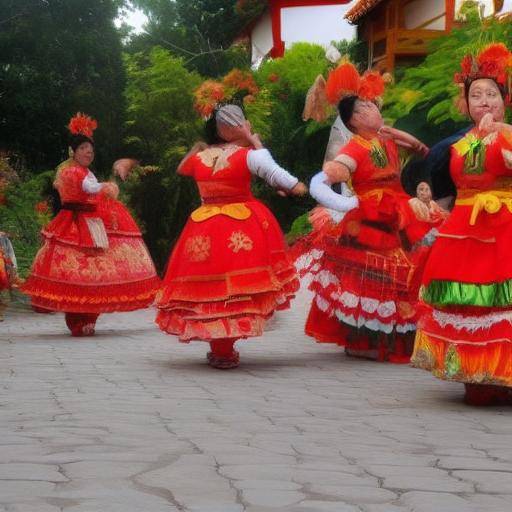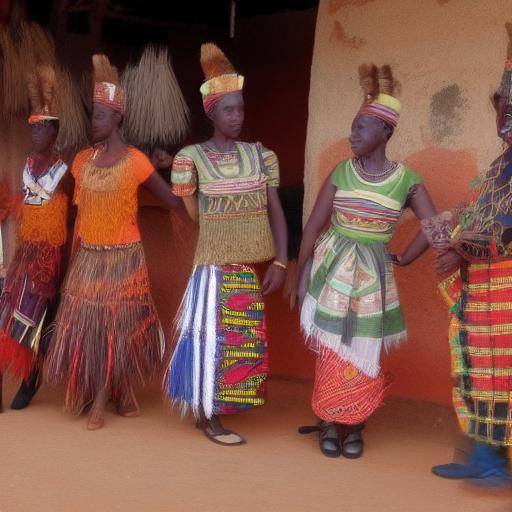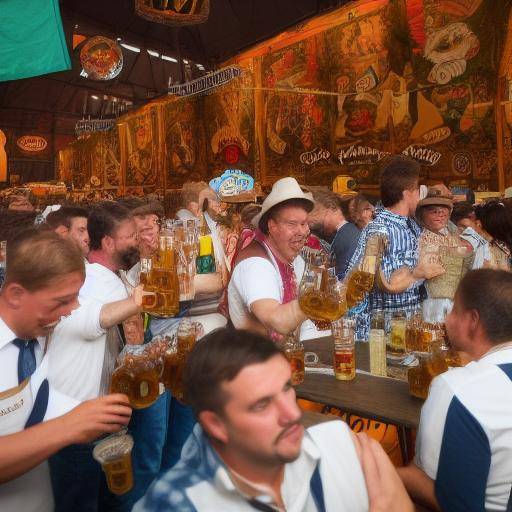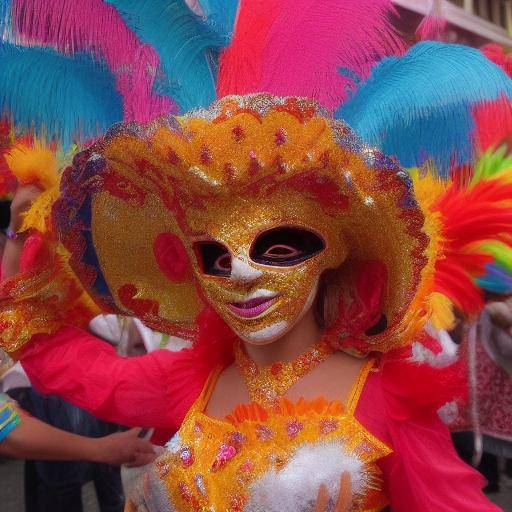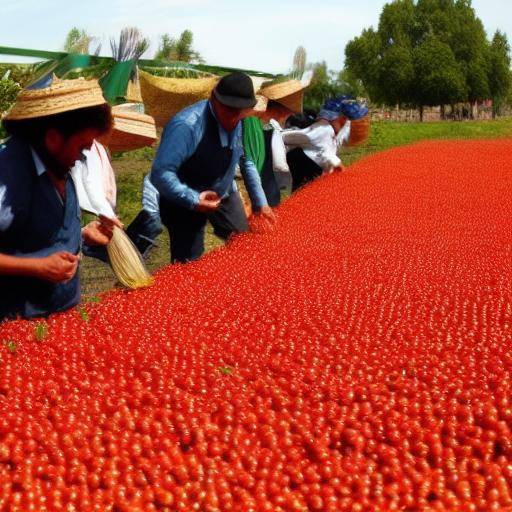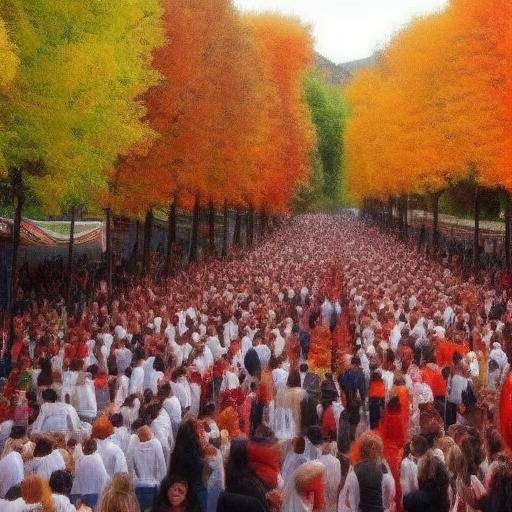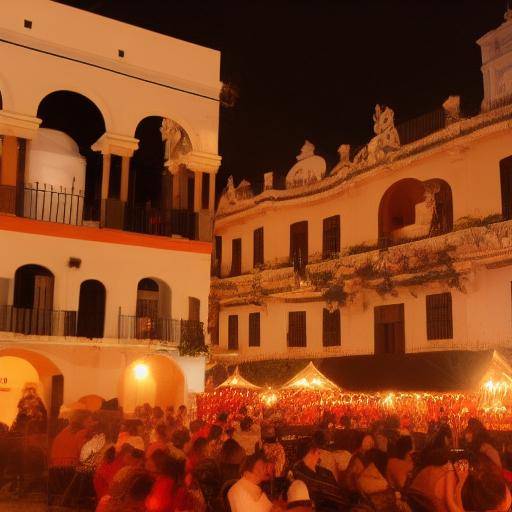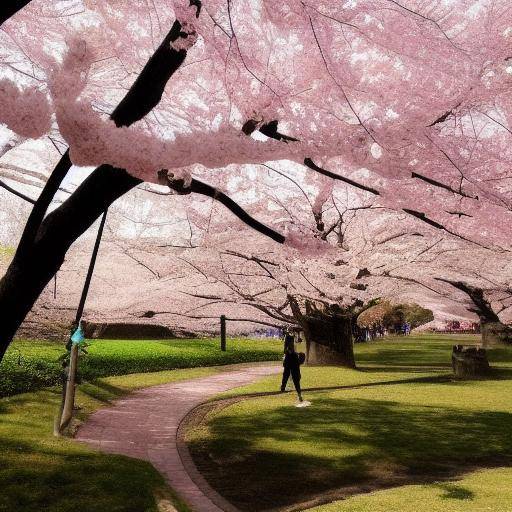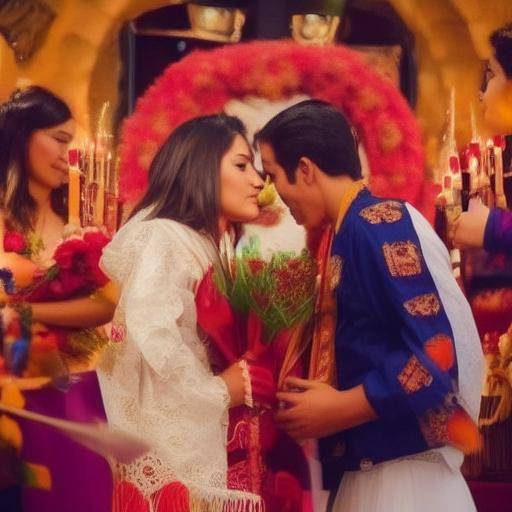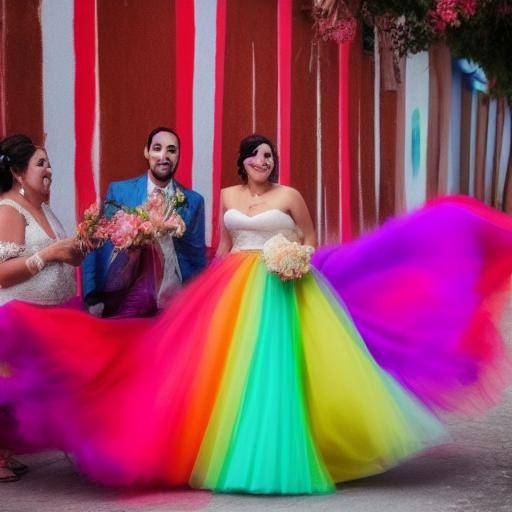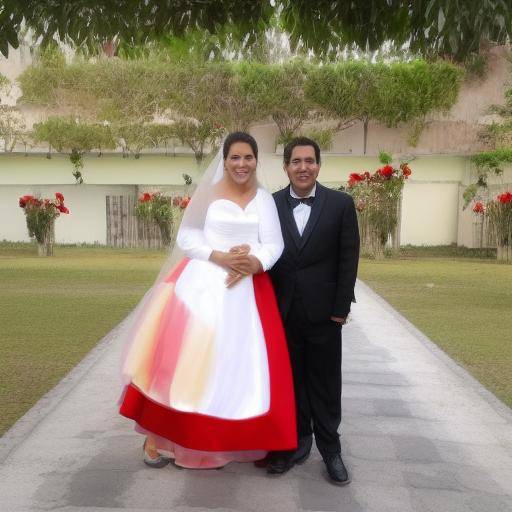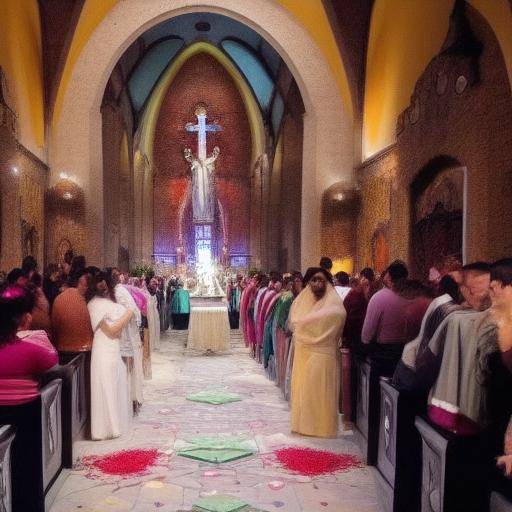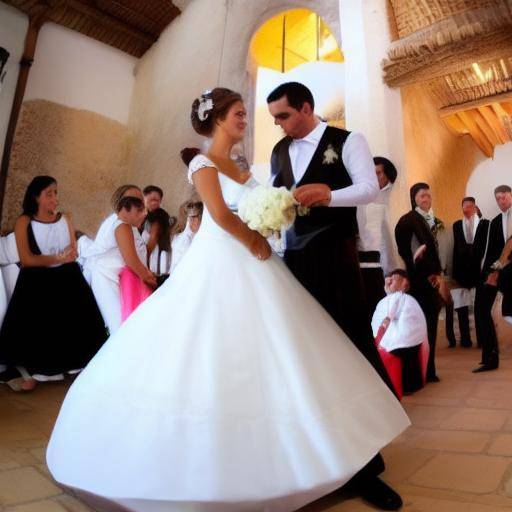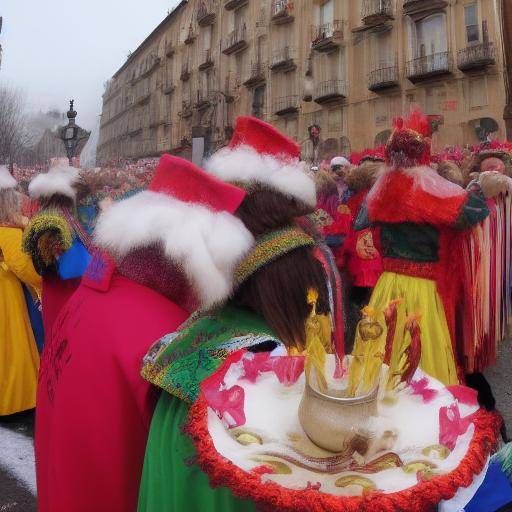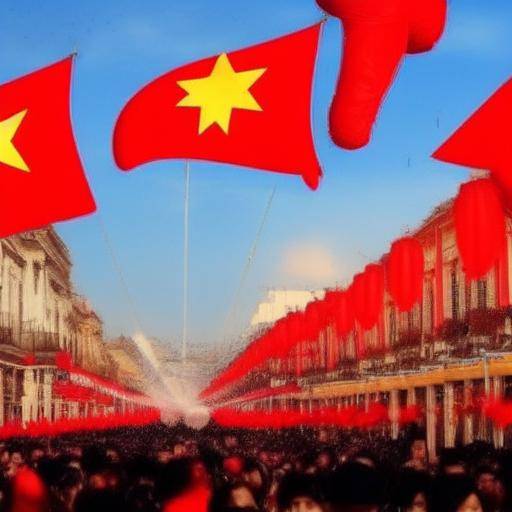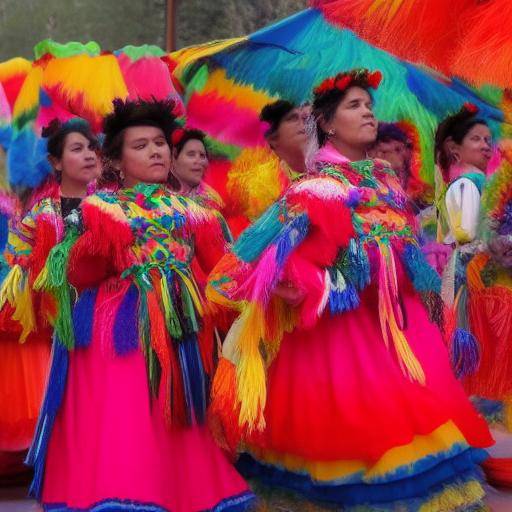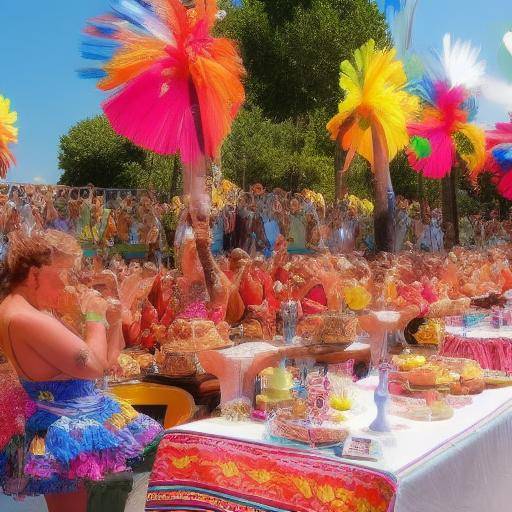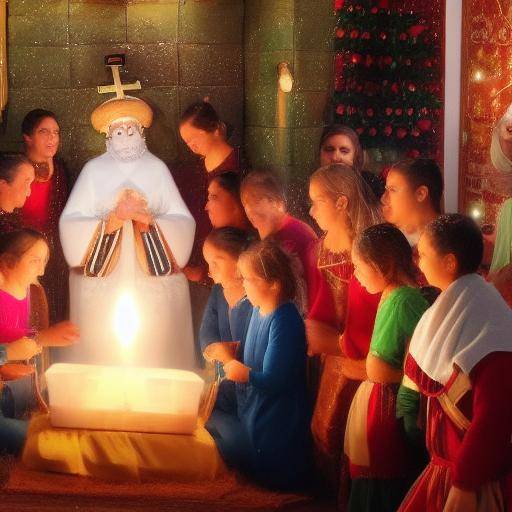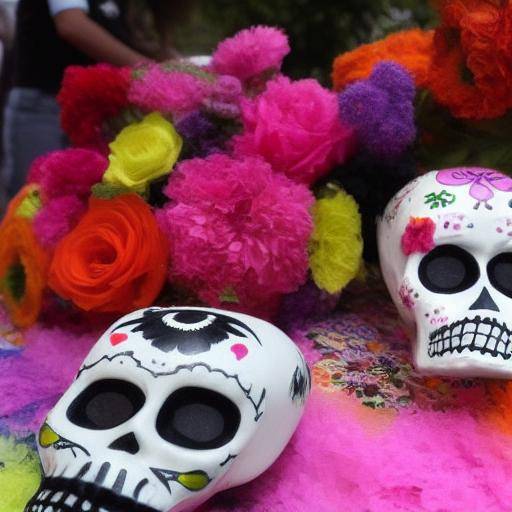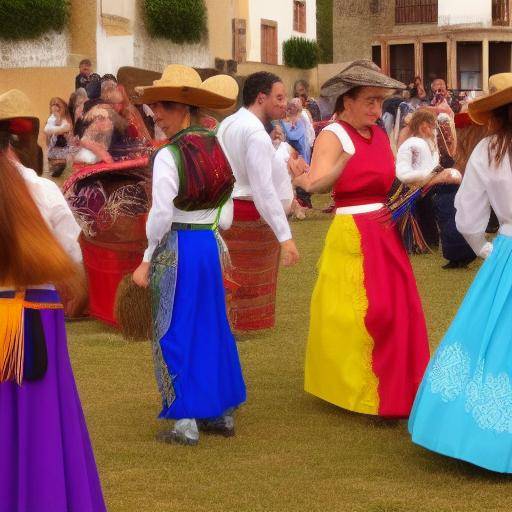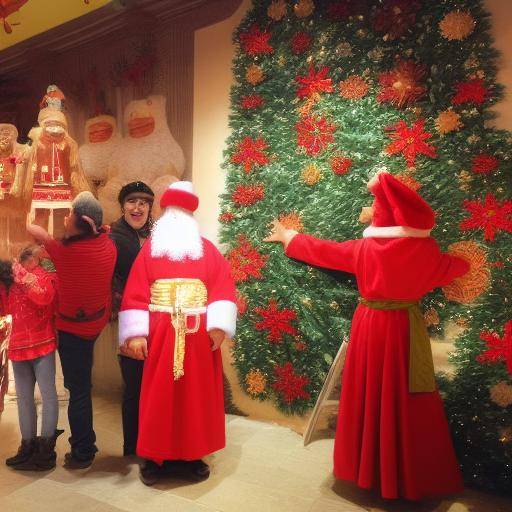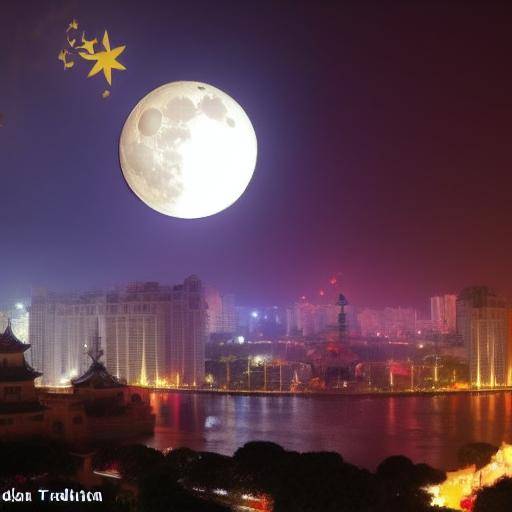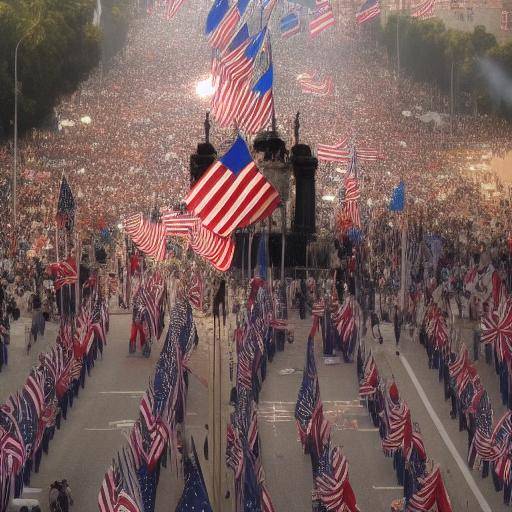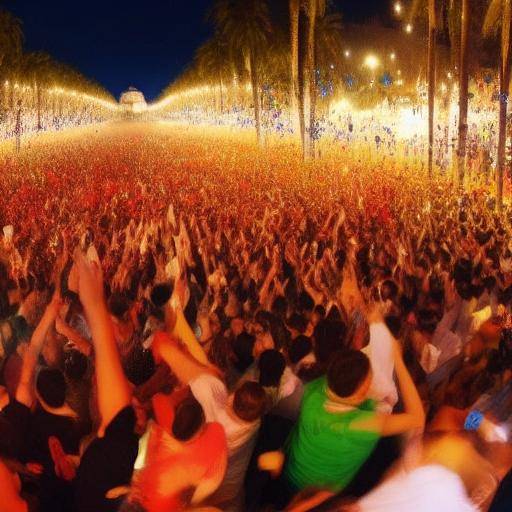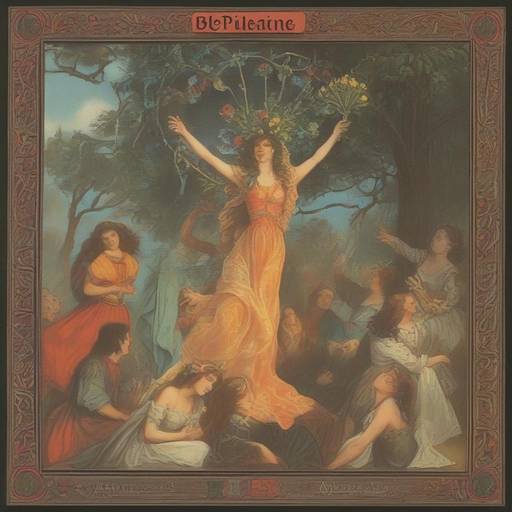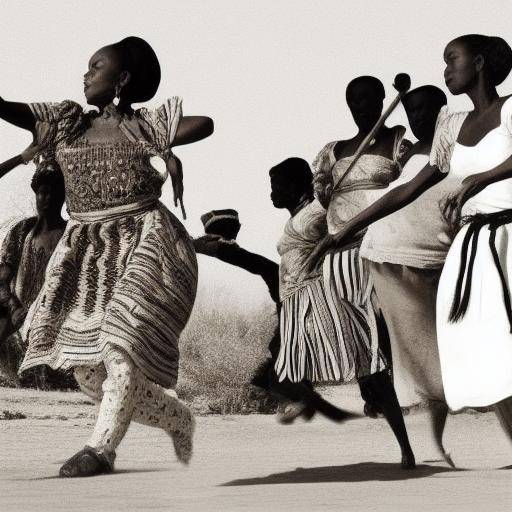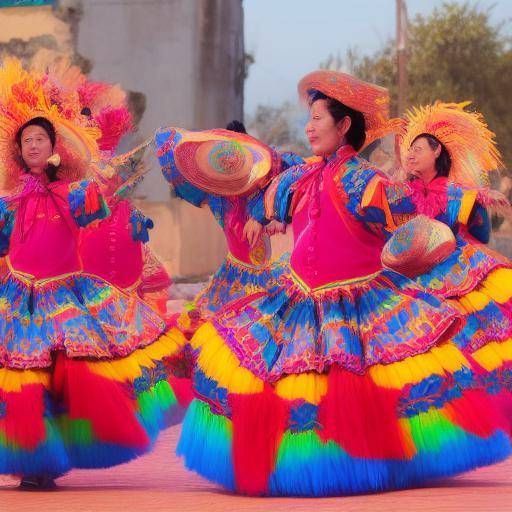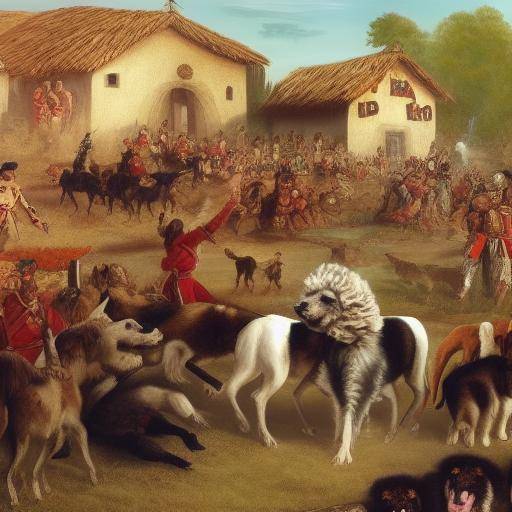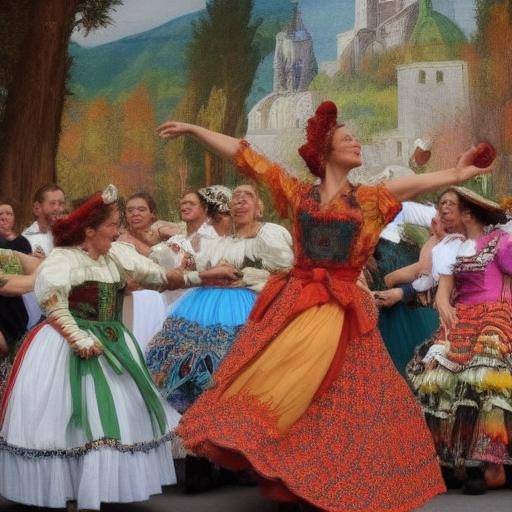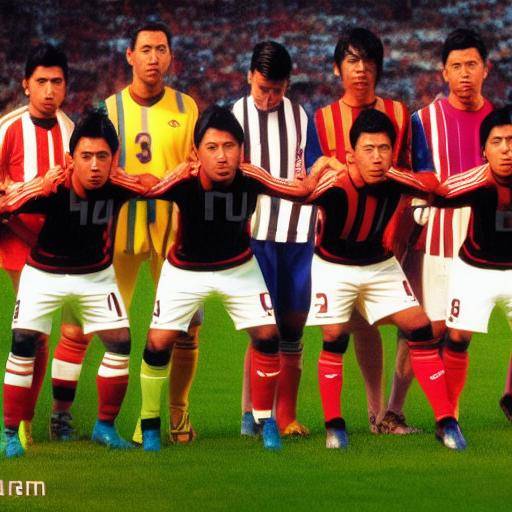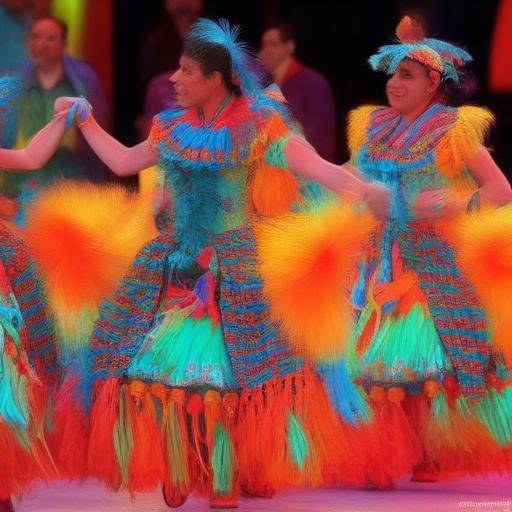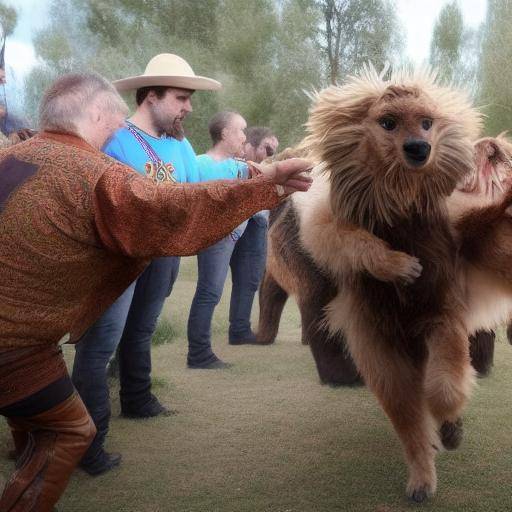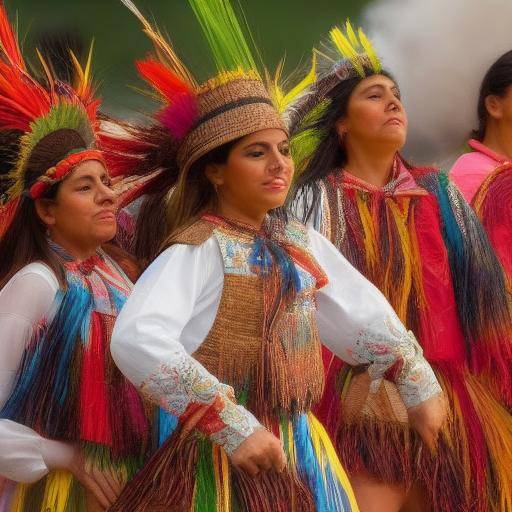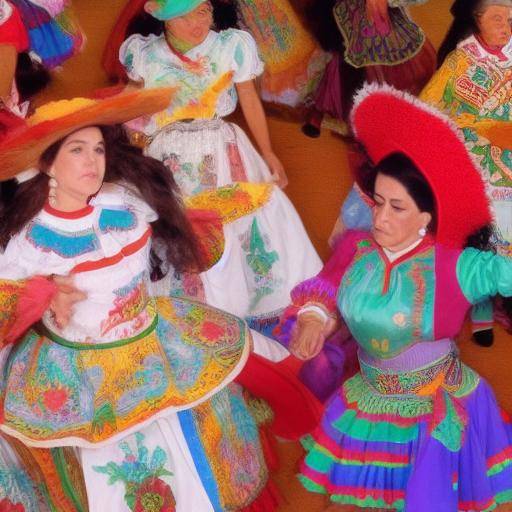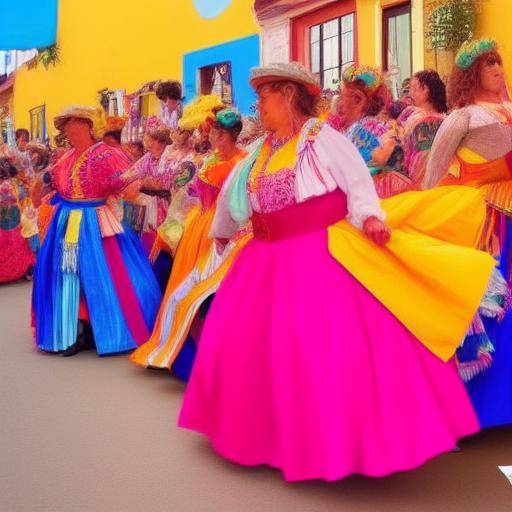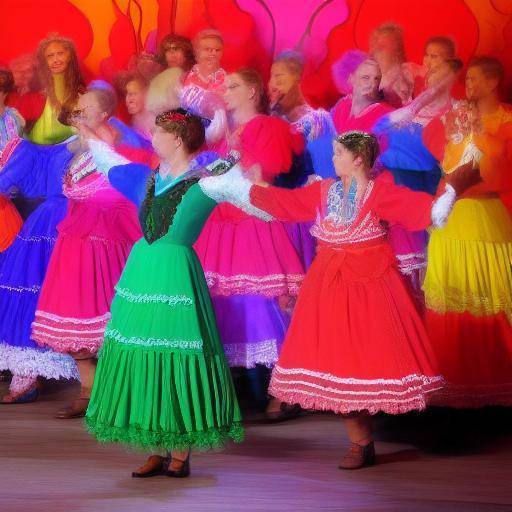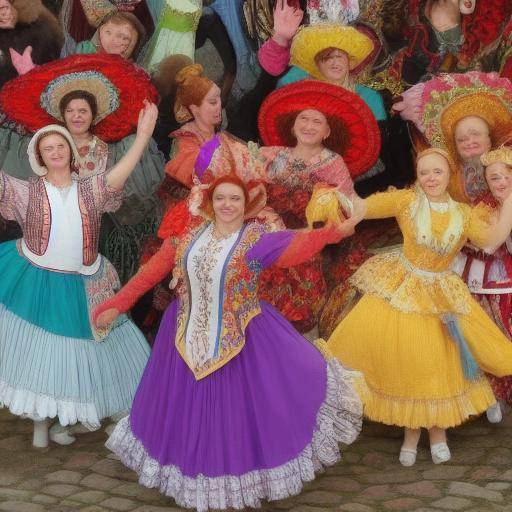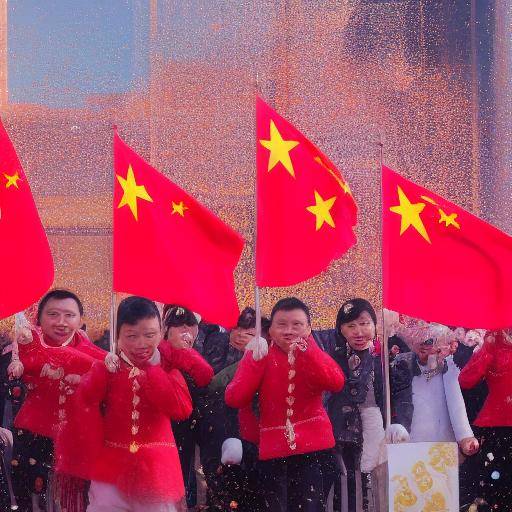
Welcome to the wonderful world of Chinese New Year! In this article, we will immerse you in the vibrant festivities and traditions that accompany this millennial celebration. From its fascinating history to traditional ceremonies, we will explore every aspect of the Chinese New Year, traditional parties and customs that make it so special. Prepare to discover the meaning behind this unique holiday and the experiences that it encloses.
Introduction
The Chinese New Year, also known as the Spring Festival, is a very important holiday that generally coincides with the new lunar cycle and marks the beginning of spring. This festive period is impregnated with color, energy and symbolism. Throughout this article, we will explore the rich history and deeply rooted traditions surrounding the Chinese New Year, as well as the traditional festivities and customs that define it.
History and Background
Origins and Evolution
The Chinese New Year has its roots in an ancient legend that tells the victory over a monster named Nian. The festival has been transformed over the centuries, merging cultural influences and adopting new customs. The first records of this celebration date back to over 3000 years, making it one of the oldest festivals in the world.
During its evolution, the Chinese New Year has been shaped by various dynasties and has become a symbol of renewal, family and fortune. Every year, millions of people around the world gather to honor their cultural roots and welcome a new beginning.
Analysis in Deep
Meaning and Symbolism
The Chinese New Year is impregnated with symbolism, each element has a profound meaning and is considered an augur of good wishes. From the fireworks that scare the bad spirits to the red paper that symbolizes good luck, every detail of the festival has a unique purpose.
In addition to its symbolic value, the Chinese New Year is an opportunity to reunite the family, share traditional meals and reflect on the achievements of the previous year. It is a period of renewal and hope, where acts of goodness are performed, past resentments are forgiven and new opportunities are sought.
Comprehensive review
Celebrations and Costumes
During the Chinese New Year, various festivities are held that reflect the rich cultural heritage of Chinese communities. From dragon parades to lion dance shows, the streets are filled with music, colour and joy. In addition, the preparation of traditional dishes such as dumplings and fish has a special meaning and is considered vital to attract good fortune and prosperity.
The youngest receive mainly "hongbao", red envelopes with money, as a sign of good wishes and support as they begin the new year. These customs strengthen family and community ties, conveying a sense of belonging and solidarity.
Comparative analysis
Chinese New Year vs. Other Traditional Festivals
While the Chinese New Year shares similarities with other global celebrations, it is distinguished by its deep connection with nature, the lunar cycle and ancestral practices. Unlike the western celebrations, the festival does not focus on a single night, but extends for several weeks, allowing a deep dive into all its traditions and customs.
Moreover, the Chinese New Year has a repertoire of its own symbols and rituals that make it truly unique. From the elegant use of colors to the realization of acts of generosity, the festive highlights the importance of harmony, goodwill and gratitude, fundamental factors in Chinese culture.
Practical Tips and Accessible Recommendations
Personal Participation and Respect for Tradition
If you want to join the Feasts of the Chinese New Year, the best way to do so is to immerse yourself completely in the experience. Take part in the celebrations, learn about customs and share joy with the community. This will not only give you a deeper understanding of Chinese culture, but also allow you to create lasting memories.
It is crucial to remember that, by participating in the holidays, it is necessary to respect the interpretation of tradition by the Chinese community. Understanding the importance of certain symbols and practices, and showing sensitivity to them, reflects deep appreciation for culture and contributes to fostering cultural harmony.
Ideas and Opinions of Experts on Industry
Perspectives on the Permanence and Evolution of the Chinese New Year
The experts in Chinese culture and anthropology agree that the Chinese New Year, despite its long history, continues to evolve and adapt to contemporary conditions. Some visions point out that while it is essential to maintain the key traditions, holiday can also serve as a bridge to foster greater intercultural understanding and promote diversity.
Experts also highlight that, in an increasingly globalized world, the celebration of the Chinese New Year has acquired a transnational dimension, being adopted and adapted in many countries around the world. This adaptation strengthens not only the identity of the Chinese diaspora, but also its ability to share its rich culture with the world.
Cases and Applications in Real Life
Impact of the Chinese New Year in Different Areas
The Chinese New Year is not only a cultural celebration, it also has significant effects on many aspects of everyday life. In the economic sphere, the holiday promotes an increase in tourism, shopping and business. Companies are preparing to meet the demand for festive products, which has a clear impact on the global market.
On the other hand, in the educational field, the Chinese New Year presents an invaluable opportunity for schools to teach their students about the rich Chinese culture. Through educational projects and special programs, students can understand the diversity of the world and develop an appreciation for the different traditions and values.
Future Trends and Predictions
Chinese New Year in the Modern Age
As Chinese culture continues to exert significant global influence, the celebration of the Chinese New Year is expected to transcend cultural borders and become an increasingly recognized and celebrated celebration worldwide. The combination of deep-rooted traditions and modern adaptations will probably consolidate its place as one of the most significant festivities worldwide.
In an increasingly interconnected world, more cultural exchange around the Chinese New Year is likely to be promoted, thus facilitating a deeper understanding of Chinese cultural dynamics and fostering harmony and respect among communities of different backgrounds.
Conclusion
In short, the Chinese New Year represents a window to explore and celebrate one of the oldest and richest cultures in the world. Through its traditional festivities and entrenched customs, this holiday highlights the importance of family, harmony and gratitude. Its influence transcends borders, inspiring new generations and opening paths to greater intercultural understanding.
Frequently asked questions
1. Why is the Chinese New Year celebrated on dates other than the new West year?
The Chinese calendar is governed by the lunar cycle, which causes the Chinese New Year to occur on different dates every year according to the Gregorian calendar used in much of the Western world.
2. What are some of the common traditional dishes during the Chinese New Year?
Some of the most common traditional dishes include dumplings, fish, tangerines, Nian Gao (new-year passtel) and various desserts that symbolize good luck and prosperity in the coming year.
3. What do fireworks and firecrackers mean at Chinese New Year celebrations?
The fireworks and firecrackers are used to drive away the evil spirits and attract good luck. They are symbols of purification and renewal to start the year with positive energy.
4. How can I participate in the Chinese New Year celebrations if I am not of Chinese descent?
The best way to participate is to demonstrate respect for Chinese culture and traditions. Attending parades, enjoying food, learning about customs and, above all, sharing joy with the community can be an enriching experience.
5. How can I teach my children about the Chinese New Year and its traditions?
There are many ways to teach children about the Chinese New Year, such as reading illustrated books, preparing traditional recipes, participating in festivities and attending community events.
6. What are some good luck rituals associated with the Chinese New Year?
Some good luck rituals include hanging auspicious calligraphies at the door, cleaning the house before the New Year to chase away bad luck and giving and receiving hongbaos, red envelopes with money, as a symbol of good wishes for the coming year.
In conclusion, the Chinese New Year is a celebration that transcends time and space, providing joy, hope and a deep connection with the rich history and the deeply rooted traditions of Chinese culture. By understanding their meaning and participating in their holidays, we become part of a millennial tradition that unites people from different cultures in a spirit of harmony and gratitude. May each spring festival bring us closer to mutual understanding and strengthen bonds of friendship and respect among all communities.

